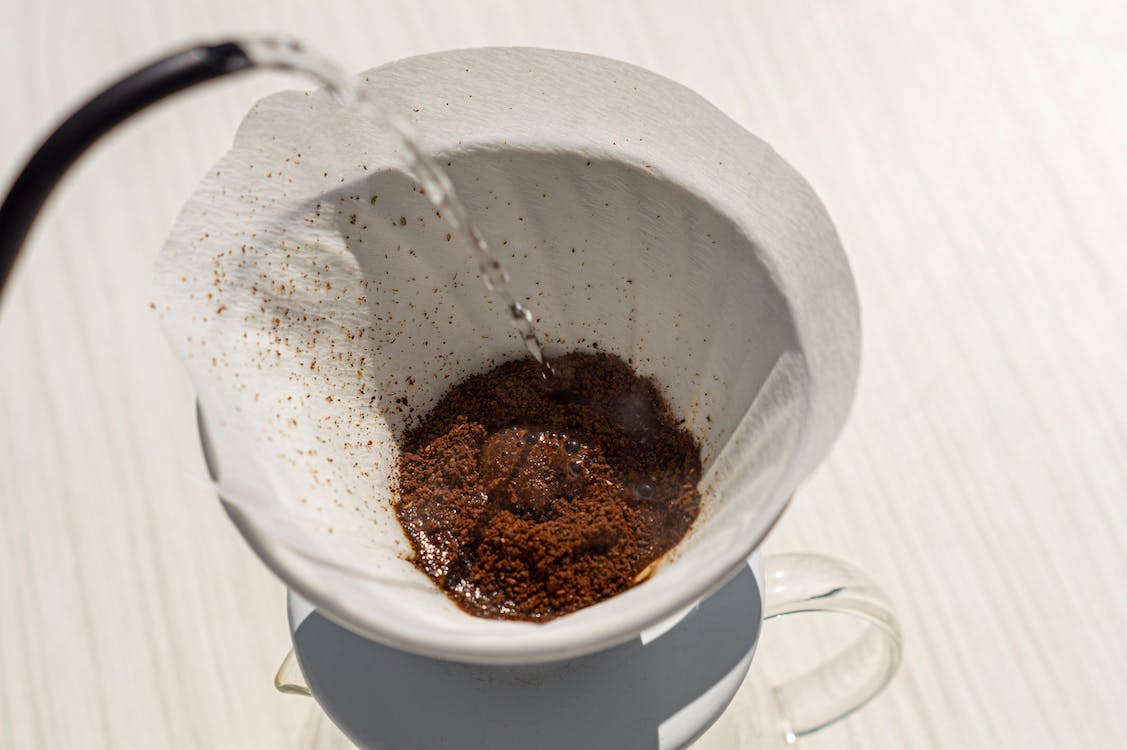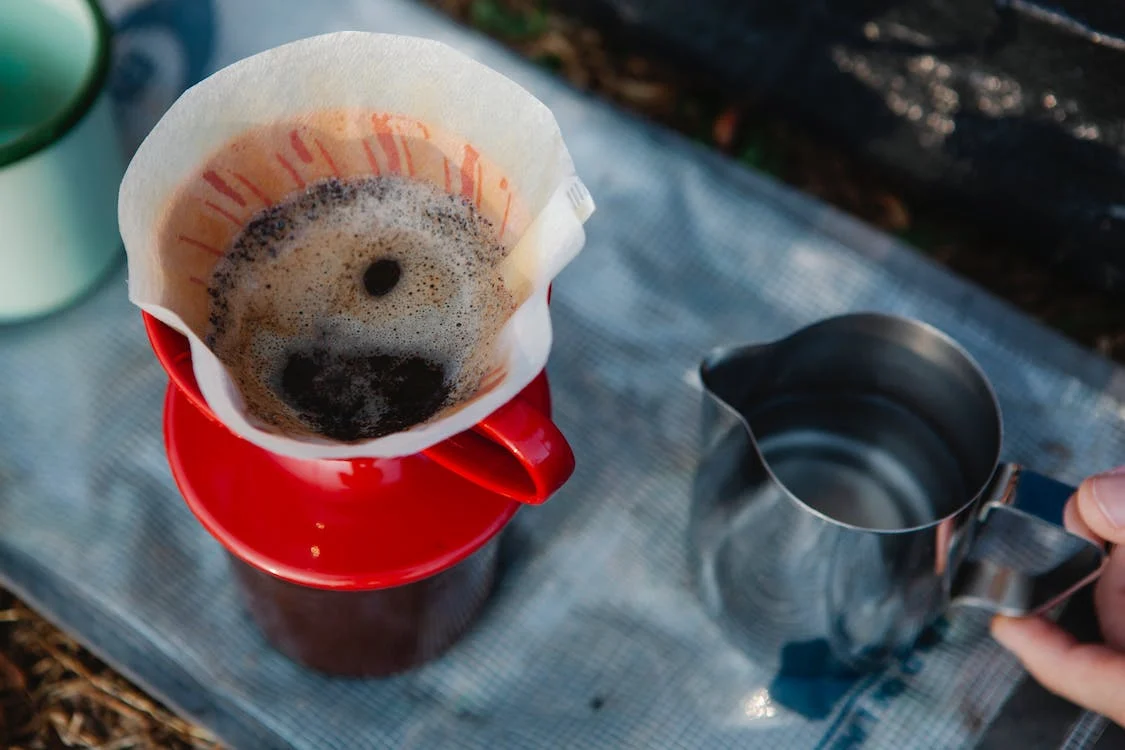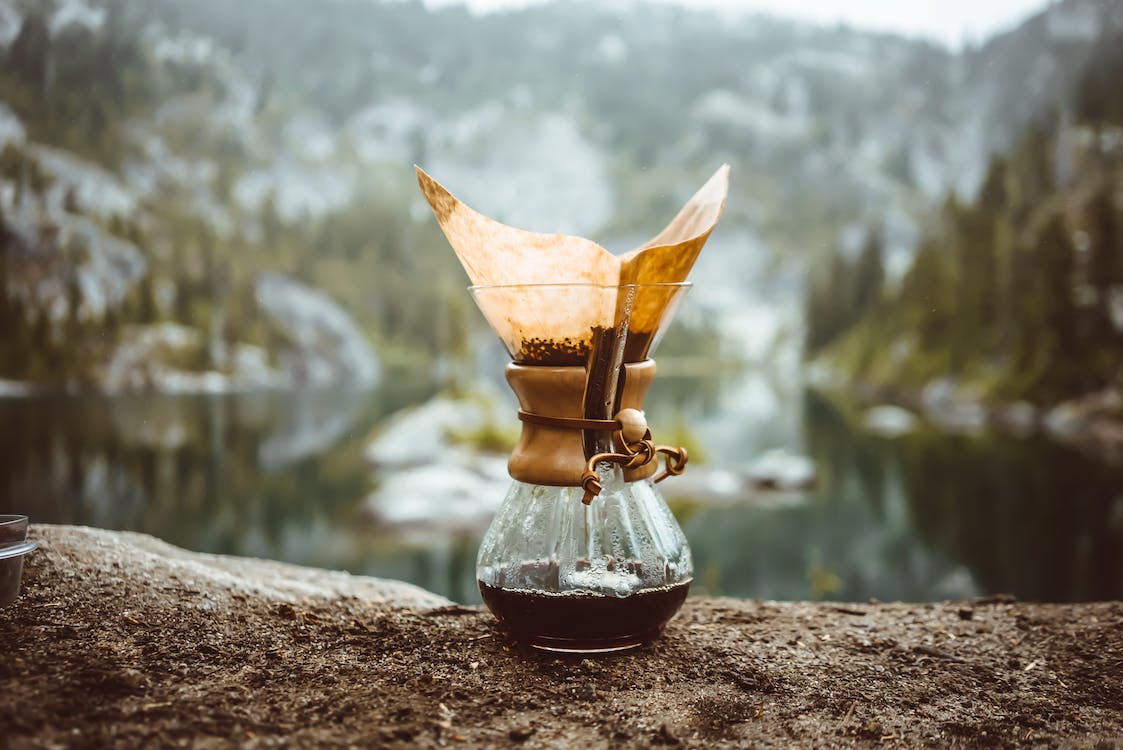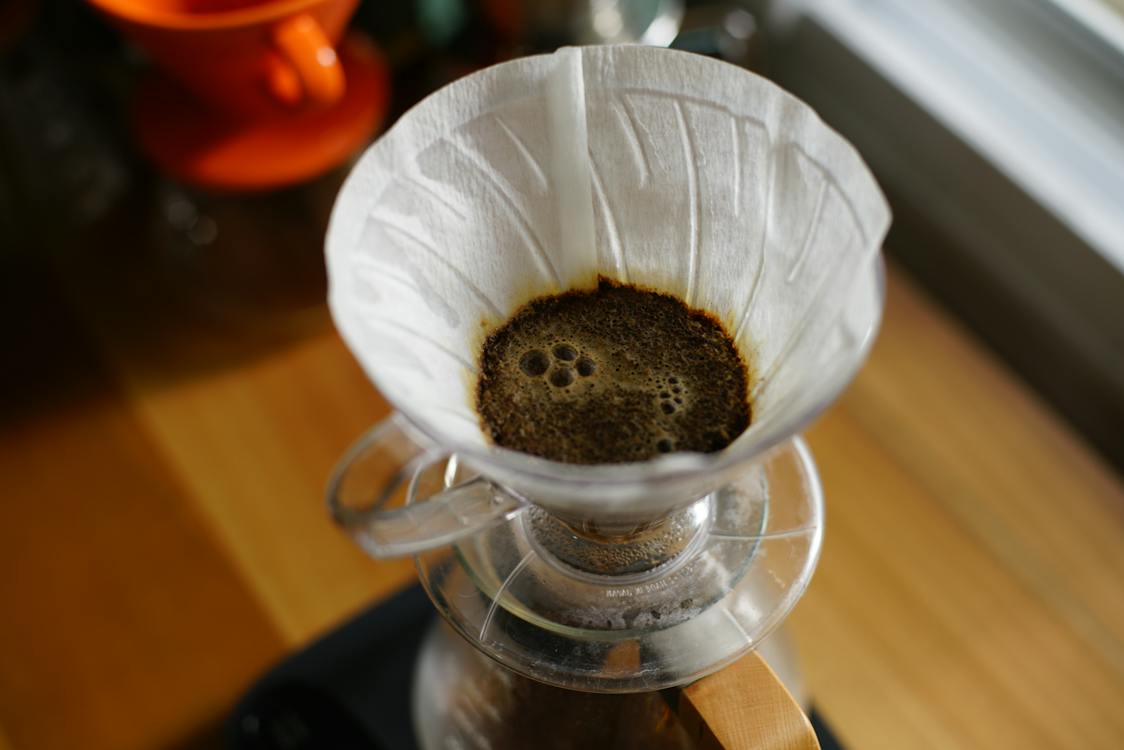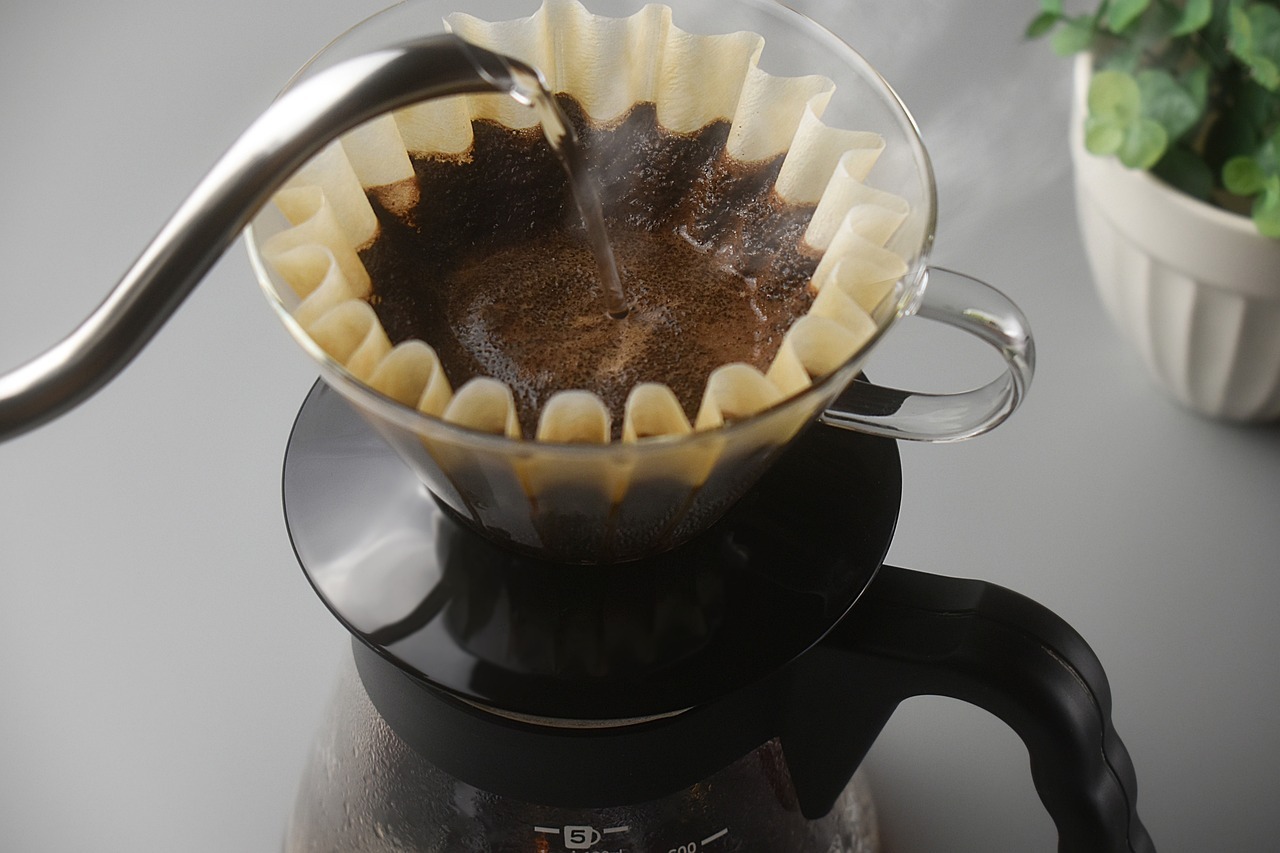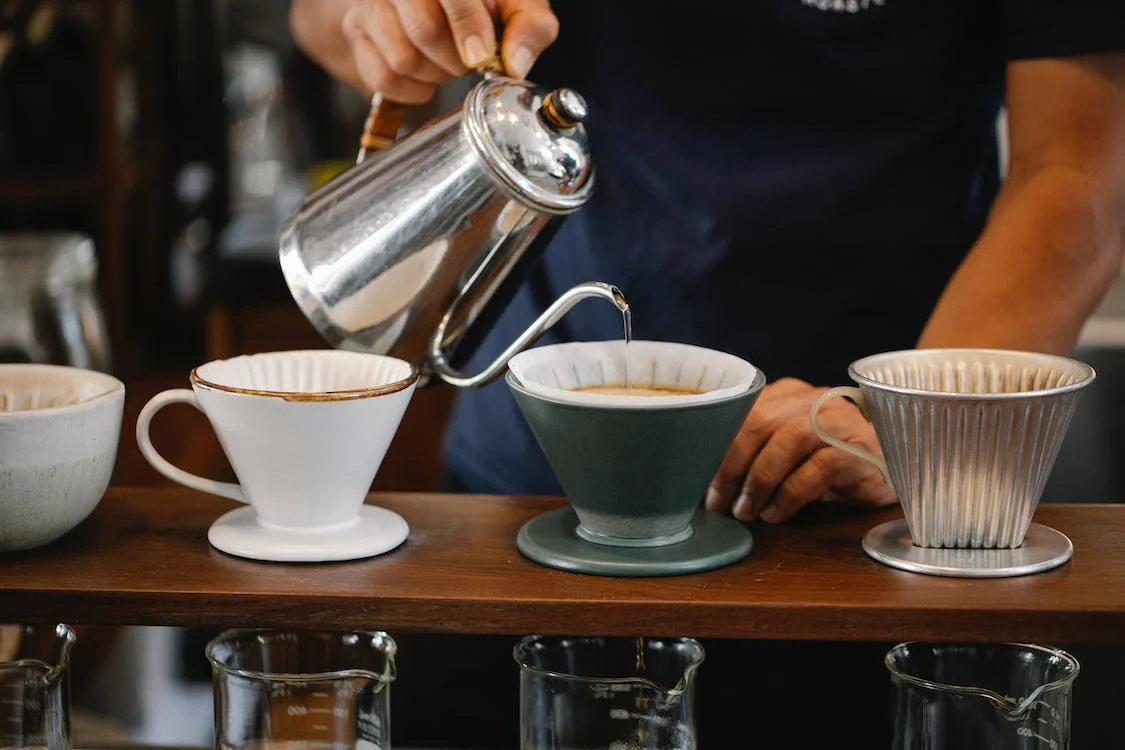Introduction
When brewing a cup of coffee, we may take careful consideration of various factors including coffee bean variety, brewing methods, water temperature, and grind size while making our ideal cup of coffee. However, most of the time, we usually overlook one more element that is also important to the process – the coffee filter.
Coffee filters are essential in providing a clean, clear, and well-extracted cup of coffee separating the grounds from water. They are available in a variety of materials and shapes which all give a unique set of benefits and traits that can impact the flavor, clarity, and aroma of coffee. Don’t know where to start? We got you. Let’s examine the different types of coffee filters that are available and see what each one has to offer.
Coffee Filters Based on Material
Does the kind of material used for coffee filters affect the taste of coffee? Yes, and not only the taste. Different types of coffee filters can directly affect the taste, clarity, and aroma of your coffee because different materials can allow varying amounts of coffee oils, solids, and flavors to pass through the filter. Other than its influence on taste, you can also choose among the filters based on their economic impact, reusability, or whatever preference you may have. There are three types of coffee filters under this category that you can choose from.
1. Paper Filters –
This is considered the most popular kind of coffee filter which you can buy at any grocery store. Paper filters are excellent in producing a clean and clear cup of coffee because their material is absorbent and tightly woven which effectively removes oils and sediment. However, this may result in a milder taste of the coffee which may not always fit the preferences of everyone. Economically, you can’t reuse them too much as it can also affect the taste. Although it is biodegradable, but can produce excess waste if not composted. Overall, this can still be a great option for you! There are two types of paper filters you can choose from:
- Bleached – These filters are bleached with either oxygen or chlorine, however the most common right now is bleached with oxygen. There’s no need to worry as this is still safe to use. Bleached filters are white and catch finer particles so you can have a cleaner cup of coffee. But as mentioned earlier, this can leave a milder taste.
- Unbleached – If you’re still uncomfortable about using bleached filters, you can opt for unbleached filters which are not as white as the bleached ones. But because of its lack of processing, it may give off a paper-like taste which you can still resolve by pouring hot water through it before using.
2. Metal Filters –
If you want your coffee to have a more full-bodied taste and richer aroma, you can opt to use metal coffee filters which are either made from stainless steel or fine mesh. This filter type allows some of the solids and oils to pass through which gives it a stronger taste and flavor. This is also the filter for you if you want a more economical option since you can reuse this compared to paper filters, but this is usually suitable for making pour-over coffee.
However, since it is for long-term use, it can accumulate particles and other coffee grime over time which can negatively affect the taste of your coffee if not properly cleaned. If you choose this, just make sure that you clean it regularly with the proper cleaning materials.
3. Cloth Filters –
While this is the least common coffee filter among the three types, its function is a good balance between paper and metal filters. It can catch all the coffee grounds like a coffee filter but also still maintain a strong and rich flavor like a metal filter does. However, this needs more regular maintenance and cleaning than the two previous filters to make sure that coffee oils and other residue won’t accumulate and affect the taste of the coffee. Aside from that, you also have to make sure that the cloth isn’t too dry or too moist after you’ve washed it. You can use it for a minimum of 30 brews before the residue and oil accumulate. This is still a safe option, but if you’re looking for something lesser of a hassle, you can check out the paper or metal filters.
Coffee Filters Based on Shape
Coffee filters can also come in different shapes and sizes depending on what brewing method or coffee maker you’re using. Factors such as coffee extraction, flavor, and the overall coffee experience are all impacted by how water interacts with the coffee grounds in a coffee filter which can be influenced by the shape. There are three types of coffee filters you can choose based on the shape:
1. Cone Filters –
Cone filters, as its name suggests are conical in shape that resembles a funnel. It is mostly made out of paper, but can also have reusable metal and cloth versions. Most of the time, you will see or use this filter in pour-over coffee brewing methods. Its conical shape is great in ensuring an even extraction of coffee grounds since water passes through the bottom and down the sides of the filter evenly saturating the grounds. It is also popular for providing good control over water flow rate and brewing duration to customize the coffee’s flavor.
However, cone filters are usually designed for single use, which can generate a lot of excess waste and expenses over time.
2. Basket Filters –
This type of filter which resembles a basket with a circular shape and flat bottom, is usually used in automatic drip coffee makers. Like the cone filters, its shape is also good for getting an even extraction of coffee grounds. Basket filters are also popular among coffee enthusiasts and café owners because they are perfect for brewing greater quantities of coffee all at once.
Like the cone filters which are usually made of paper, basket filters tend to remove some coffee oils and other fine particles that can contribute to the coffee’s rich flavor and aroma, thus resulting in a milder taste. It is also designed for single use which generates a lot of excess waste and expenses over time.
3. Disc Filters –
This type of filter, unlike the cone and basket filters, is primarily used with particular coffee makers, such as the AeroPress. As the name suggests, it often has a disk-like shape and can be constructed by either metal or paper. With the right material, disk filters can produce coffee that is clear and free. But another unique advantage that it offers is its portability and convenience of use when traveling or camping, particularly in the case of the AeroPress. They are simple to clean on the road and don’t need a specific coffee machine!
Since it is tailored to specific coffee makers, the function of disc coffee filters is limited. Unlike the basket filters, it isn’t suitable for brewing coffee in large quantities especially with an Aeropress.
Coffee Filter Sizes
Aside from the material used and the shape, we must also consider the size when we buy a coffee filter. There are around 4 standard sizes of coffee filters you can choose from which will depend on the number of cups you want to produce and the volume capacity of your coffee maker: [1] [2]
- 1 Coffee Filters – Good for single-serve coffee makers or pour-over systems
- 2 Coffee Filters – Good for 2-6 cup coffee makers or 1-2 cup pour-overs
- 4 Coffee Filters – Good for 8-12 cup coffee makers our pour-overs
- 6 Coffee Filters – Good for large quantities or 10+ cup coffee makers
Conclusion
The selection of a good coffee filter is a choice that is just as important as coffee bean variety and brewing methods when making a great cup of coffee. It has a big impact on the taste and quality of the coffee that you’re brewing, and knowing what filter works best for you will give you the freedom to customize your brewing experience to your preferences. So don’t hesitate to follow this guide and make your best cup of coffee!
References
[1] Sherrick, A. (2020, October 1). Coffee Bean Corral. https://www.coffeebeancorral.com/blog/post/2020/10/01/coffee-filter-sizes
[2] Poet, B. (2023). Coffee Filter Types, Shapes And Sizes You Should Know. Bean Poet. https://www.beanpoet.com/coffee-filter-types/
[3] Giovanisci, M., & Giovanisci, M. (2022). The Complete Guide To Choosing The Right Coffee Filter. Roasty Coffee. https://www.roastycoffee.com/coffee-filter/
[4] MacDonnell, K. (2023). 3 types of coffee filters: Which should you choose? Coffee Affection. https://coffeeaffection.com/types-of-coffee-filters/

